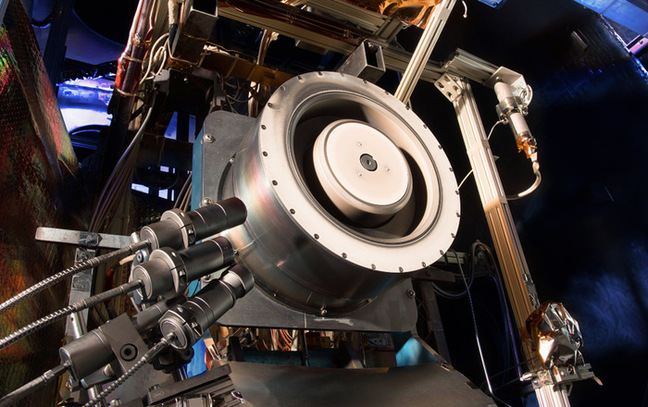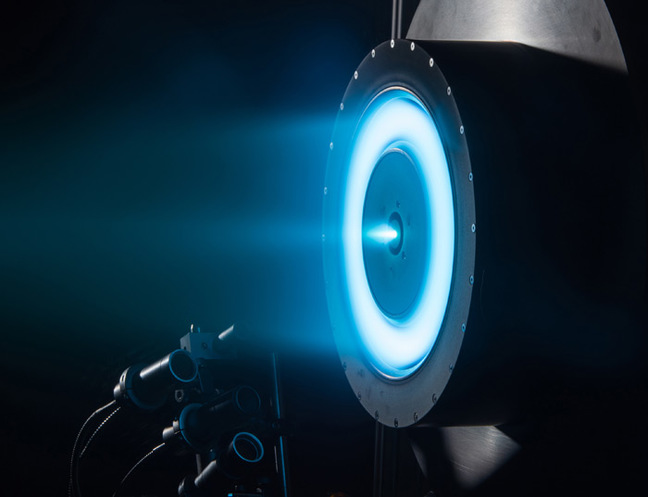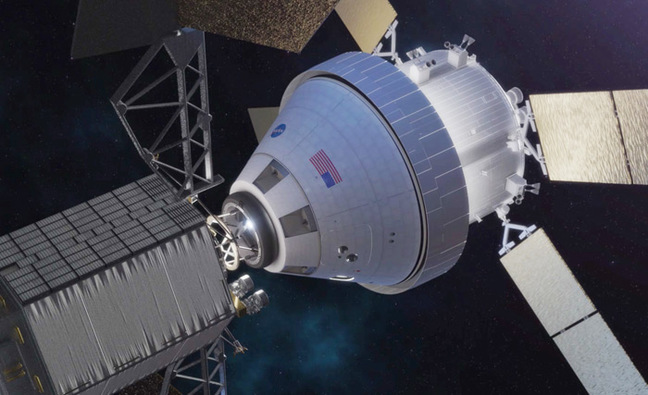This article is more than 1 year old
NASA injects cash into solar electric motor
Boost for development of future deep space propulsion
NASA has announced it has awarded a contract worth $67m to Aerojet Rocketdyne to "design and develop an advanced electric propulsion system that will significantly advance the nation's commercial space capabilities, and enable deep space exploration missions".
The Advanced Electric Propulsion System (AEPS) will "potentially increase spaceflight transportation fuel efficiency by 10 times over current chemical propulsion technology and more than double thrust capability compared to current electric propulsion systems". It'll build on work already done as part of the Solar Electric Propulsion (SEP) programme, including the testing of Hall thrusters and the development of solar arrays suitable for powering plasma drives in the depths of space.

A 13-kilowatt Hall thruster at NASA's Glenn Research Center. Pic: NASA
NASA explains: "The thruster traps electrons in a magnetic field and uses them to ionize the onboard propellant - in this case, the inert gas xenon - into an exhaust plume of plasma that accelerates the spacecraft forward. Several Hall thrusters can be combined to increase the power of an SEP spacecraft. Such a system can be used to accelerate xenon ions to more than 65,000 mph and will provide enough force over a period of time to move cargo and perform orbital transfers."

Plasma plume. Pic: NASA
Aerojet Rocketdyne is tasked with providing an AEPS "engineering development unit for testing and evaluation", followed by four flight units. The mission-ready powerplants might drive NASA's planned Asteroid Redirect Mission (ARM), in which a robotic spacecraft will grab a chunk of a large asteroid and tease it into a stable orbit around the Moon. Once there, the rock will be met by astronauts aboard an Orion capsule.

The ARM robotic vehicle mates with Orion. Pic: NASA
ARM is seen as vital to future missions to Mars, since it will "test how the Orion spacecraft, launched by a Space Launch System rocket, can dock and operate with a SEP-powered spacecraft". NASA adds: "This new technology will help send the large amounts of cargo, habitats and propellant to Mars in advance of a human mission." ®
